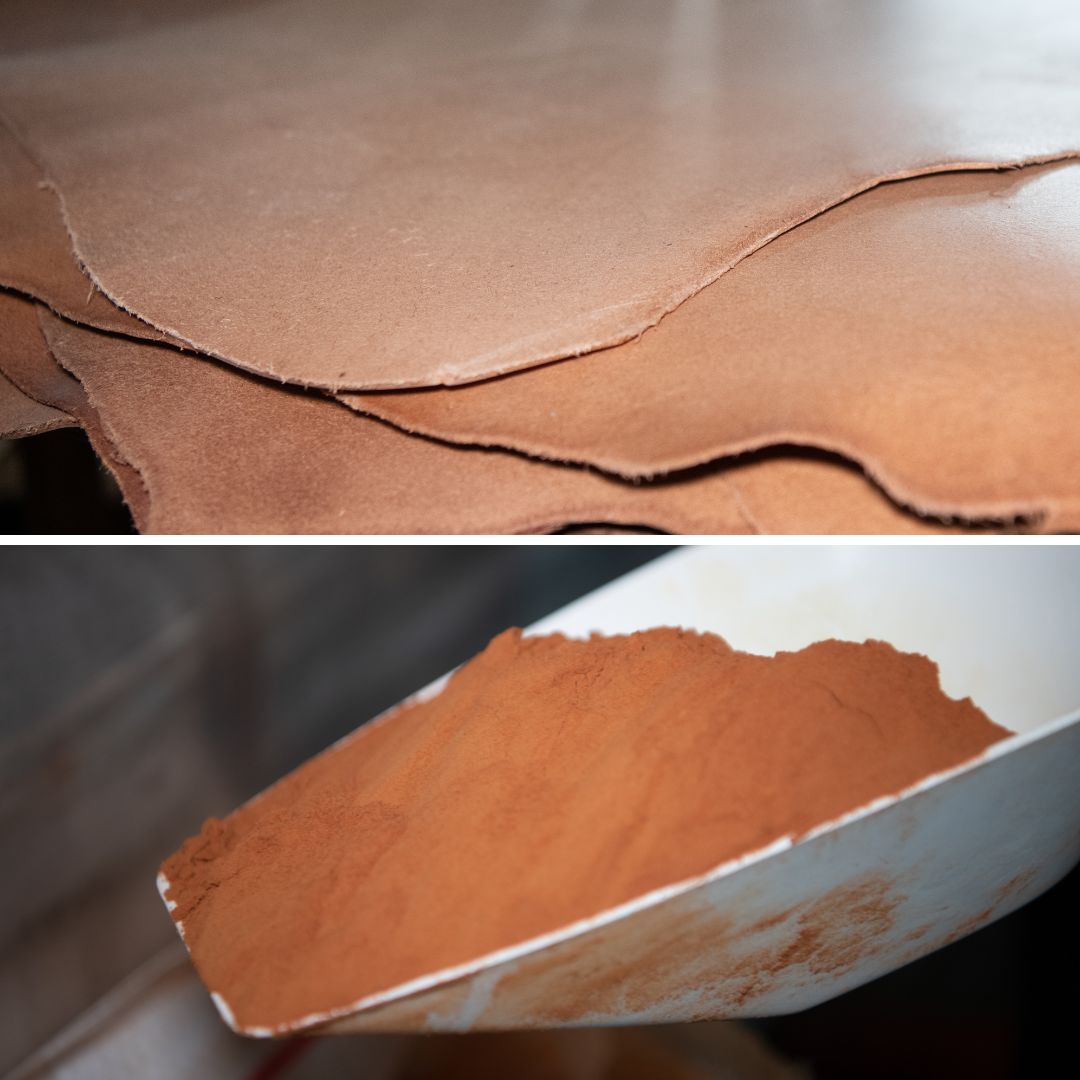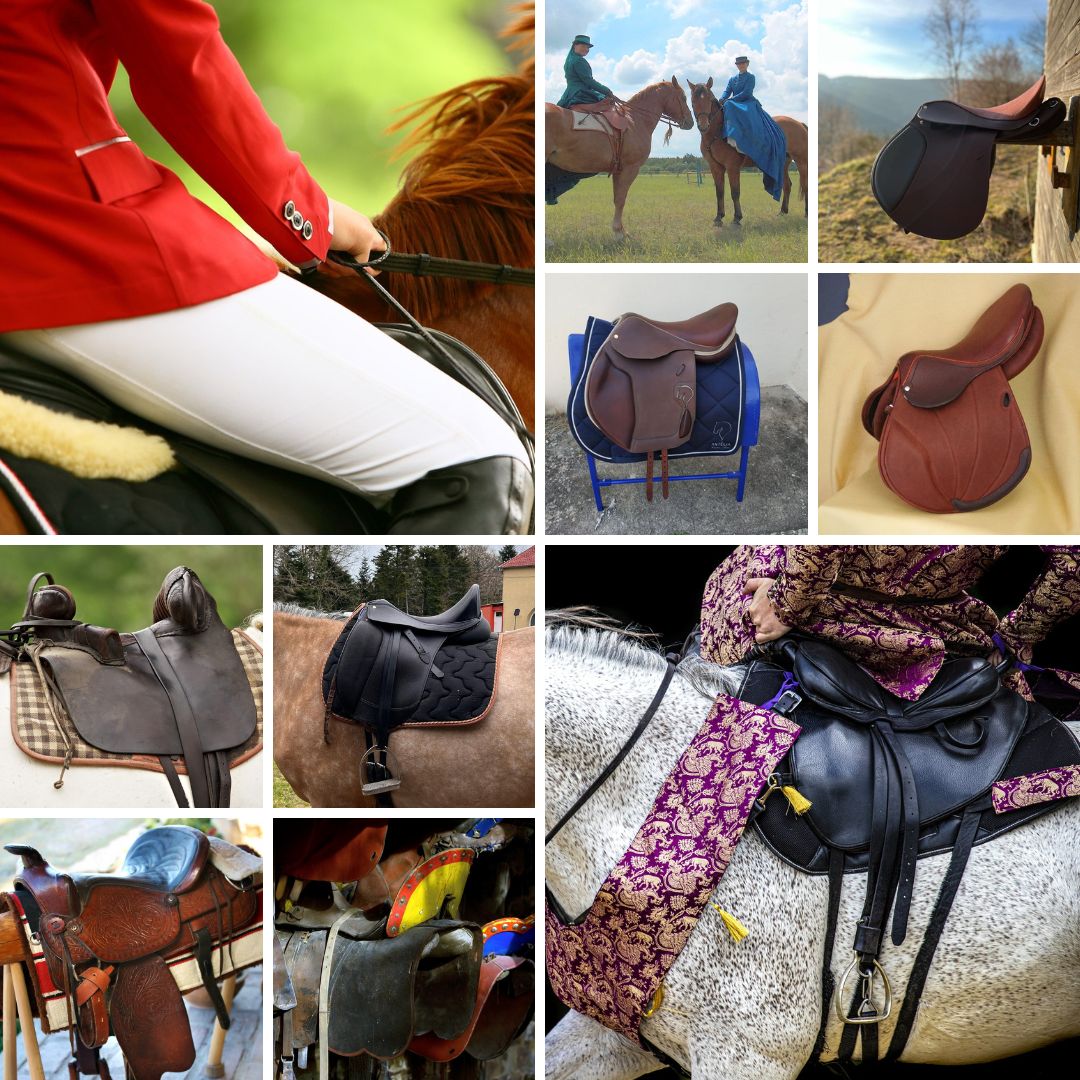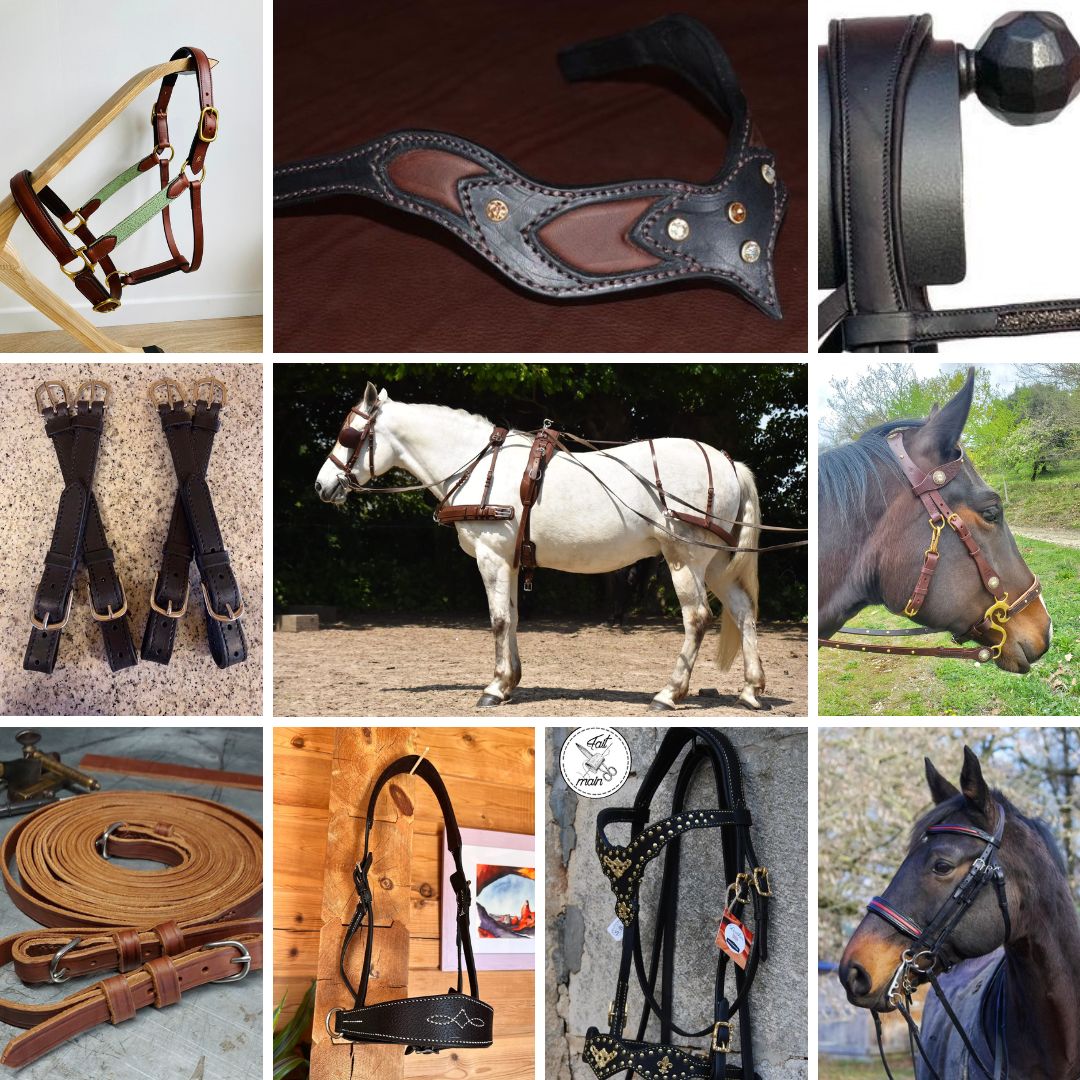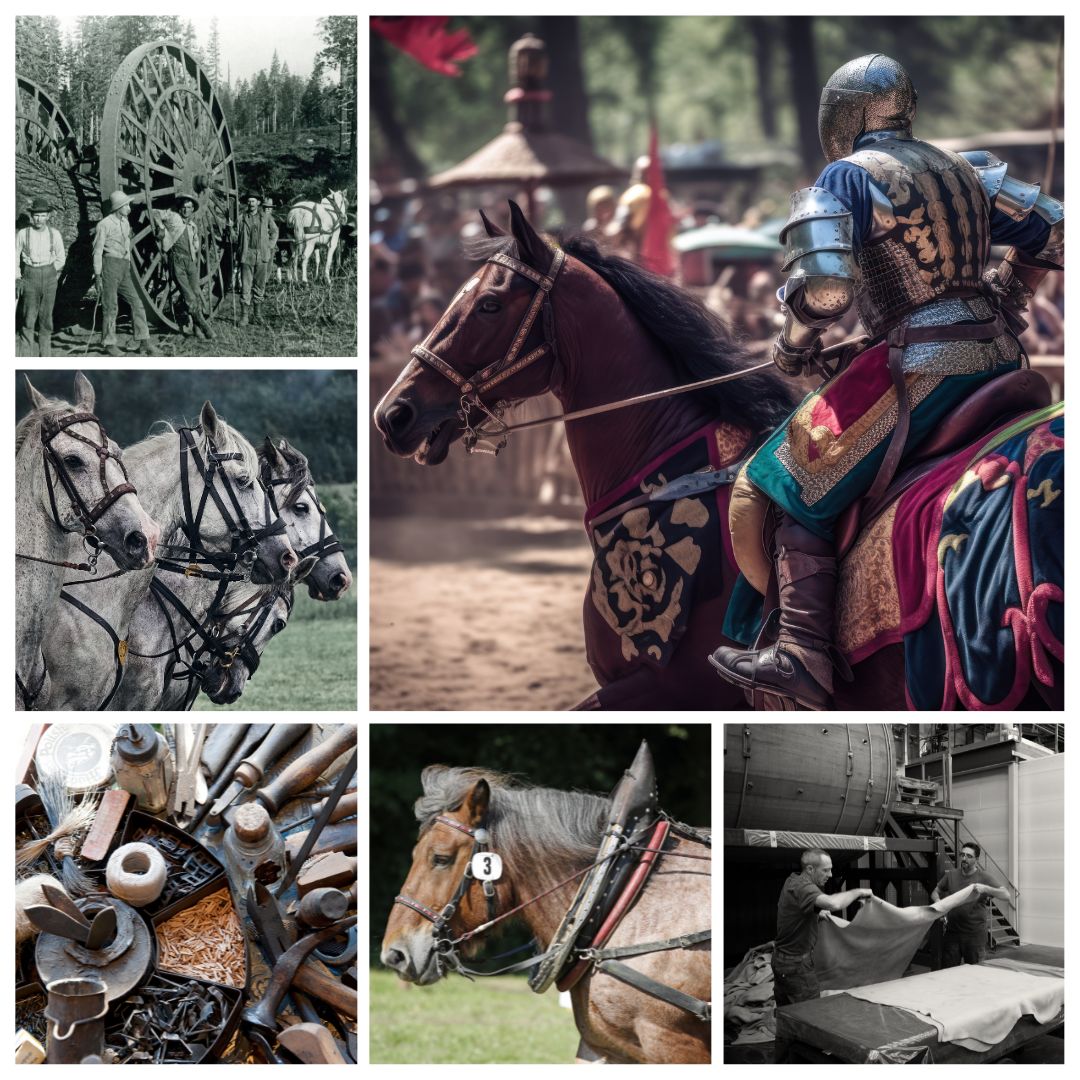This blog post is about the quality control of finished leather. Checks on the intermediate states of the leather; rawhide, crust, wet work, mechanical and dry work; are carried out on a daily basis and are not covered below.
Leather resistance : Breaking strength, Stretching and wear
At Radermecker Tannery, we have a machine to make test on our leathers breaking strength, stretching in tensile endurance, but also for repeated use and wear of leather.
During these tests, of course, we take into account the size of the leather sample: length, width and thickness.
This machine allows us to determine the breaking point or tearing of the leather in kilonewton (force exerted by the machine on the leather), but also the elongation level of the leather up to this breaking.
It also allows us to program cycles to analyze the behavior of leather under repeated use. We are programming a certain force over a certain number of uses and can thus analyze the behavior of the leather as if it were in actual and lasting use with our customers.
Leather friction test
Radermecker tannery is equipped with a machine called Veslic. This equipment determines the behavior of the leather surface to friction.
Felt squares are thus rubbed on the leather and we can analyze the behavior of the leather and its finish. During the test, the sample may become colored due to the transfer of shade, for example pigment, dye or polish, and the surface shade of the leather may be altered.
This test is always carried out on dry leather, but the test is carried out with a dry felt and a wet felt.
Leather shades control
For the control of the shades of the leather, a reference sample for each shade is realized. This sample will serve as the basis for each new shade of leather made.
The leather is first checked with our hand-finishing tools, sprayed in our paint booth. The colour shade is then checked against the reference sample in our light colour control machine.
Our light equipment for leather shades lighting control allows us to control :
- F: incandescent light, sunset imitation
- D65: Day light
- TL 84: Store / Point of Sale Light
- UV light
On each leather, a shades control is realized through the leather, that is to say in the heart of the leather fibres, visible on leather edge and by stretching the leather.
Leather stretching elasticity control
Once the production of the leather is finished, it is important to check the leather's elasticity. This control is very important for our Angel saddle leather, for which it is one of the best qualities expected by our customers.
Leather water absorption control
With the exception of our dyed Pykara saddle leather and our Detian split leather, which have a pigmented finish, all our other saddle leathers have an aniline finish. For these leathers, it is therefore important to monitor water absorption to ensure that our leathers have all the qualities that an aniline finish can provide.








